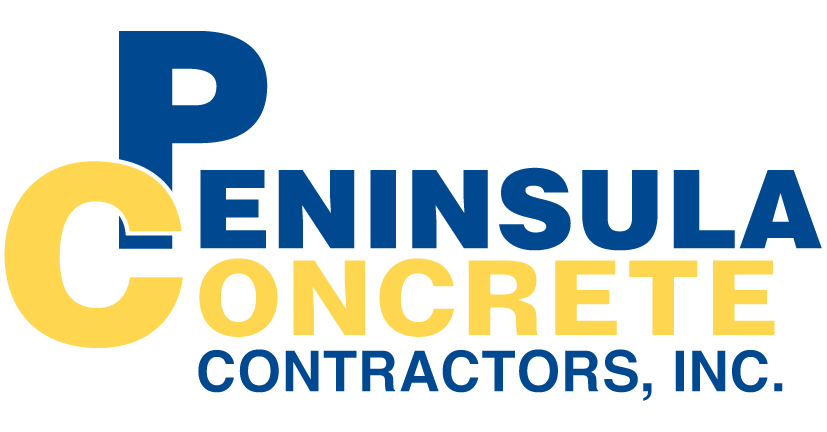Stamped concrete is a decorative concrete technique that involves imprinting a pattern or texture onto freshly poured concrete using specialized stamps. The technique was first developed in the 1950s in Southern California, where it was used to create decorative concrete patios and pool decks.
Originally, the stamps used for stamped concrete were made from wood or metal, and the patterns were limited to simple geometric shapes. However, as the technique became more popular, manufacturers began developing more intricate and realistic stamps that could mimic the look of natural materials like stone, brick, and wood.
In the 1970s and 1980s, stamped concrete began to gain popularity outside of California, as contractors and homeowners across the country began to discover its versatility and aesthetic appeal. With advances in stamping technology and the availability of a wider variety of stamp patterns and colors, stamped concrete has become an increasingly popular choice for both residential and commercial applications.
Today, stamped concrete is used for a wide range of projects, from simple residential patios and pool decks to large-scale commercial projects like sidewalks, plazas, and parking lots. With the ability to create a variety of textures, patterns, and colors, stamped concrete offers a cost-effective and durable alternative to traditional paving materials like brick, stone, and wood.


